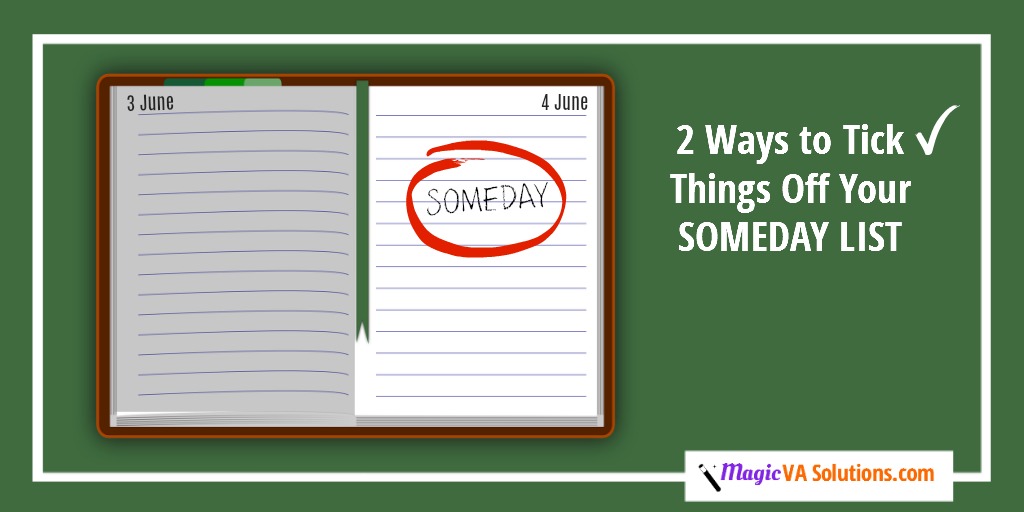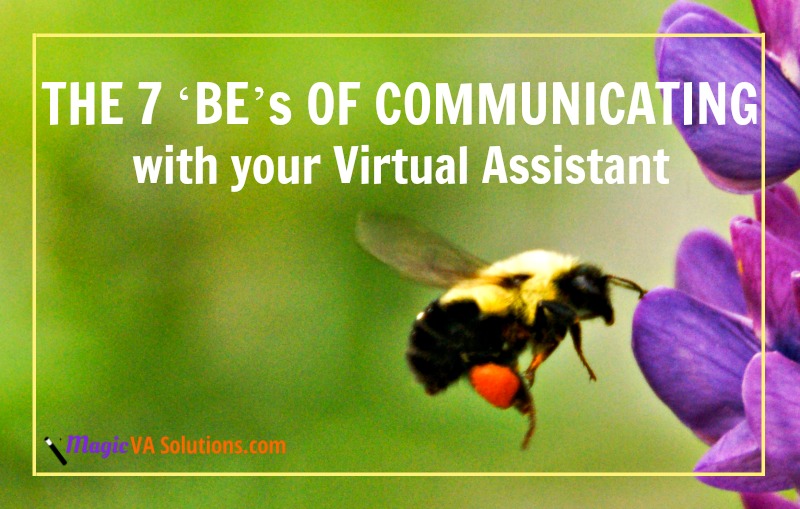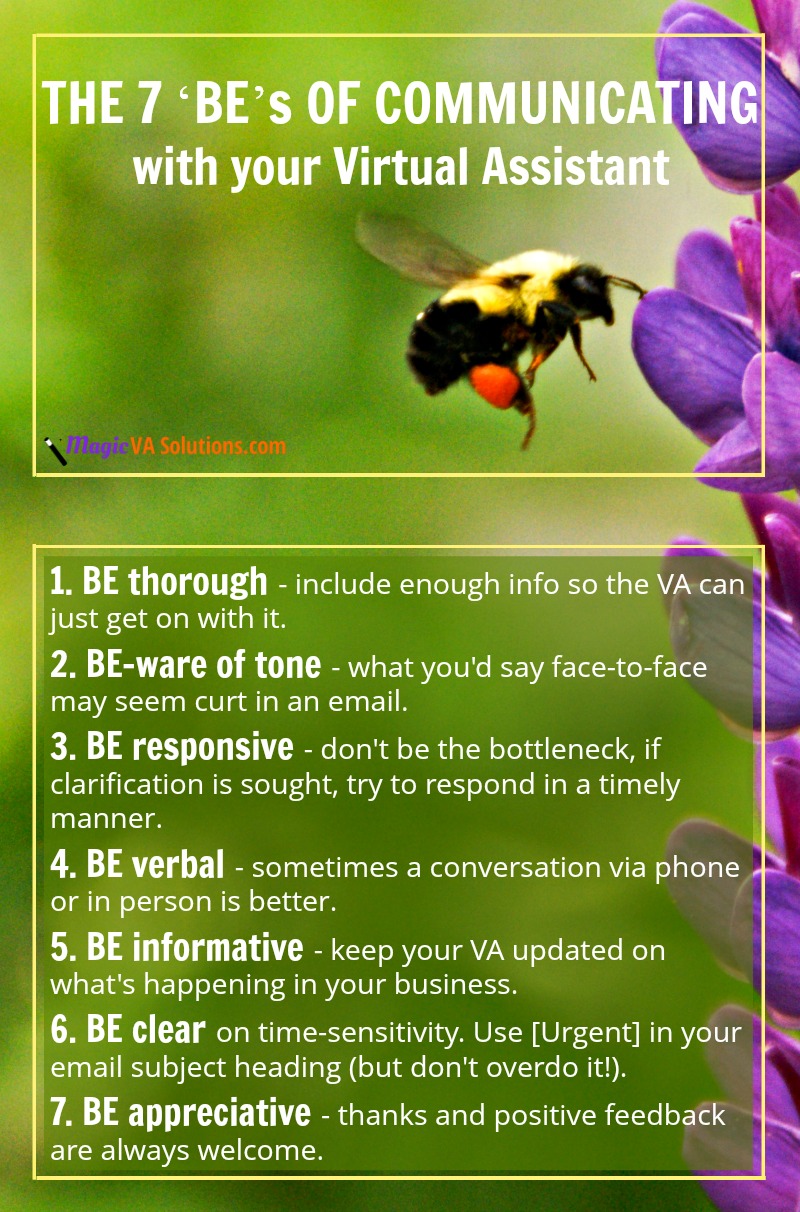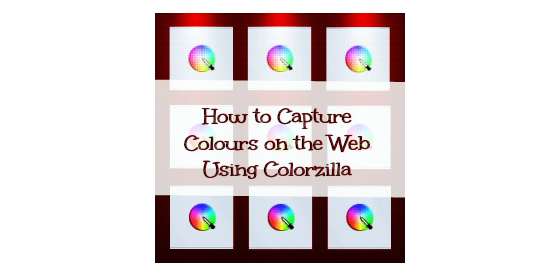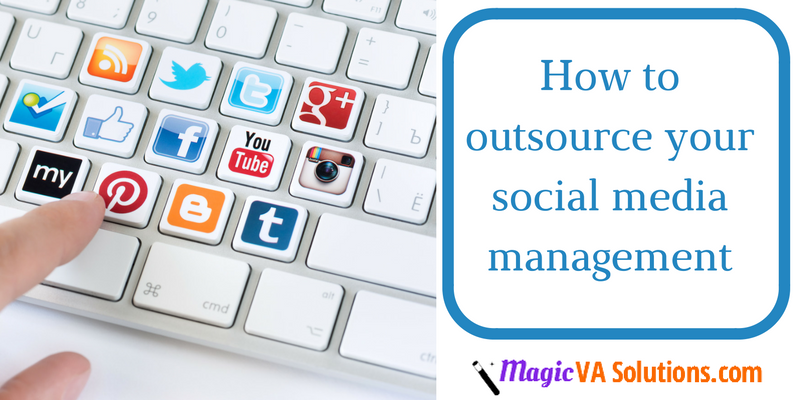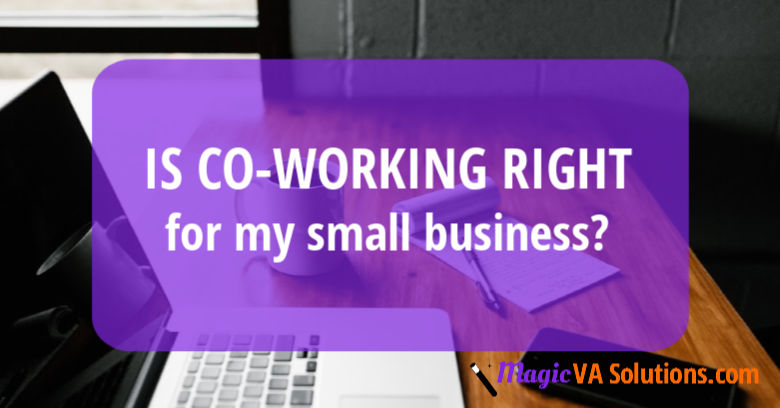
You know that you need to spend time working ON your business, but client work always takes priority. Revamping your website or finding innovative ways to market your products and services gets pushed to the bottom of the list. Read on to learn more about the way of working that has swept the globe, and is starting to become more popular here in Australia.
You sit down at your computer, and there’s a ding notifying you that you’ve got mail. Your partner rings up to see how your day’s going. The dog is placing his front paws on your thigh and looking up at you with adoring eyes, urging you to give him some attention. The distractions are endless.
What if there was a way to click your heels and transport yourself away from the distractions?
Have you tried co-working?
What is Co-Working?
Dictionary.com defines co-working as “the use of an office or other working environment by people who are self-employed or working for different employers, typically so as to share equipment, ideas, and knowledge.”
Benefits of Co-Working
Co-working is popular in North America and Europe – all over the world. Here in Australia, you’ll find more spaces in the capital cities. These are some of the reasons it appeals to the solopreneur:
- Creative environment
- Community of like-minded entrepreneurs
- Camaraderie
- Someone to bounce ideas off
- Access to people who’ve ‘been there done that’
- Monetary motivation to be productive
- Networking potential
- Access to business equipment, high-speed internet and meeting rooms
- Less cost than renting office space permanently
- A place to work if travelling
- Fewer distractions
- Can get you away from distracting family members or renovation work
Co-working has many benefits and a few disadvantages. Here are a few tips for those wanting to escape the home office for a bit. Click To Tweet
A Taste of the Local Co-Working Scene
Opportunities for co-working are pretty limited here in Cairns. There is one main one that I know of; it’s called The Space. It’s located on the TAFE campus, within 15-minutes’ drive from my home.
I booked myself in with the coordinator via email. I tried to pick a day where I would be able to make the most of my time there – no major tasks due with clients, no appointments with the dentist, and ‘mum’s taxi’ was not required after school.
I rocked up on the day wearing comfortable casual clothing, armed with:
- a packed lunch,
- a travel mug of coffee,
- a bottle of water,
- my laptop and its power cord
- my mouse – I am so not a touchpad kind of girl!
- my monitor – because I had some images I wanted to create, and it’s always easier with a big screen
- a light jacket in case the aircon was set to ‘Arctic’
- my headphones – so as not to disturb others if there was a video I wanted to watch
When I arrived, the friendly receptionist gave me a tour of the place.
The Tour
There was one main co-working room that was a good size. It housed desks for about 18 people, but there were only about 9 co-workers there that day, including me.
There were other rooms that were rented out permanently to small tech businesses.
There was a meeting room with a soft cushy couch and stylish coffee table. I envisioned using this room to film video, should the need arise.
There was a kitchen with a fridge, a microwave and a place to sit and eat your mac and cheese or 2-minute noodles. You could buy pod coffee for a dollar or instant coffee or tea for 50c.
Forgot the Tools of My Trade
With the tour finished, I set up my laptop at an available desk and was dismayed to find that I had forgotten two important things: my keyboard and my USB modem. I needed the keyboard to work with the monitor, or else I’d have to use the keyboard on the laptop with its lid open, blocking my view of the monitor. I had also planned to use my own mobile broadband instead of The Space’s internet connection. Ah, “the best-laid plans of mice and men often go awry”.
No matter. Onward.
The Cone of Silence
The people around me all had earphones in their ears. In the T&Cs emailed to me by the receptionist after the tour was finished, it explained that this represents “The Cone of Silence”. It means that those people wish not to be disturbed. Hmm, so not much networking would be done on that particular day. I was a little bit relieved if the truth be told.
There was a friendly-looking lady sat opposite me, sans headphones, but neither of us made the first move to initiate conversation. Maybe co-working is not the place for shy-ish people? I suspect that after a few days of co-working, the faces would become familiar, and the conversation would flow more freely. Incidentally, over the course of the day, I did witness the sharing of ideas and advice.
Getting in The Zone
I sat down and looked at the list I had prepared of all the things I wanted to do that day. It was as long as my arm. I chose one item and started on it.
A few hours later, I looked up and realised it was already lunch time. I had managed to do some research and also some creative work for my website.
I didn’t avail myself of the kitchen lunchroom, because I had to leave by 3:30 pm, and I was determined to make the most of my time there. I ate my sandwich and cup-o-soup at my desk.
Disturbing the Peace
After lunch, I received a phone call that I had been waiting on for days, so I took the call and tried to speak quietly. The space was so silent that every sound seemed to carry. If I cleared my throat, squeaked my chair or sniffled, the sound amplified tenfold. Earlier, there had been a man speaking on the phone, so it is allowed, it’s just that I didn’t want to disturb the others with my own phone call.
The phone call interruption set my productivity back, and it took me a while to get back into the flow. Eventually, I managed to do a bit more work, and before you know it, it was time for me to pack up my things and head home.
Disadvantages of Co-Working
So after having experienced it for myself, I can see that co-working does have some disadvantages:
- Additional cost. The casual rate would be $99 per month for one day a week, $199 for three days a week or $299 for full-time. Very reasonable, but compared to not paying anything, it is an additional cost that needs to be worthwhile.
- Possibility still exists for distraction.
- Not a problem for me in my regional city, but in heaving metropolises (metropoles?), parking and traffic would be a challenge for those of us used to the 10-metre commute to our home office.
- Less security – this particular feeling of paranoia could change after further co-working sessions, but I didn’t feel comfortable leaving my handbag at my desk, as I visited the Ladies’ Room – a concern you don’t have at home. Having said that, the dogs might steal my lunch given the opportunity!
- Less privacy – phone and person-to-person conversations can be heard clearly by everyone in the room (except for the ‘cone of silence’ people of course).
Alternatives to Co-Working
So are there other options you could consider if you like the idea of changing your working environment but don’t want to fork out the dosh?
The Library
I’ve worked in the library to avoid my family seek a quiet place to work during school holidays.
It has similar disadvantages to a co-working space, with less privacy, less security, possibility of distraction and the added requirement to be super quiet to avoid the wrath of the grumpy librarian (total stereotype – our librarians are super nice and helpful).
The upside is that it’s free, well-lighted and quiet. There is usually a library close to your home.
Tips: Bring your own sandwich, and don’t drink too much coffee, because packing up your stuff every time you go to the loo is a pain in the proverbial. I recommend using your own USB modem, or you can use the public Wi-Fi with a Virtual Private Network (VPN). Here in Australia, public Wi-Fi is never very quick, so I have my own modem.
A Café
I would feel weird taking up a table in a café and nursing a cup of coffee to justify my doing so. Unless of course, it’s a café that encourages such behaviour to put bums on seats, but I haven’t found one of those to date.
A Food Court
I have no problem with parking myself in the food court of a busy shopping centre to get work done while my car is being serviced.
Privacy, security and distraction issues still exist here, along with the noise factor, but you do what you have to do in a pinch. I would recommend using your own USB modem or a VPN.
Should I co-work or should I stick to doing it solo?
I think there’s value in getting out of your usual environment. Sitting amongst other entrepreneurs (and actually talking to them) would push me out of my comfort zone a bit, and that’s a good thing. However, signing up for a regular spot at The Space probably isn’t feasible for me.
During school holidays, I can’t leave teen-aged boys in my house unsupervised for an entire day. That’s just asking for trouble!
So, I think for me, using The Space on a casual basis is the way to go. I can use it as a way to force myself to devote time to my own business, but I’m not tied into paying for a spot I’m not able to use.
Learn from my mistakes
- Make sure you can send email using the outgoing mail server of your mail provider eg smtp.googlemail.com, rather than relying on your ISP’s outgoing mail server eg. mail.bigpond.com. When you use a different internet connection, if you fail to do this, it means you won’t be able to send email unless you change settings or wait until you get back to your usual ISP.
- If you plan on bringing your monitor, ensure you also bring your keyboard – doh!
- Bring change for the coffee jar.
- Remember to put your phone on vibrate, or if you can get away with it, switch it off!

It’s Your Turn…
Have you ever used a co-working space? What did you love about it and what could you do without?



